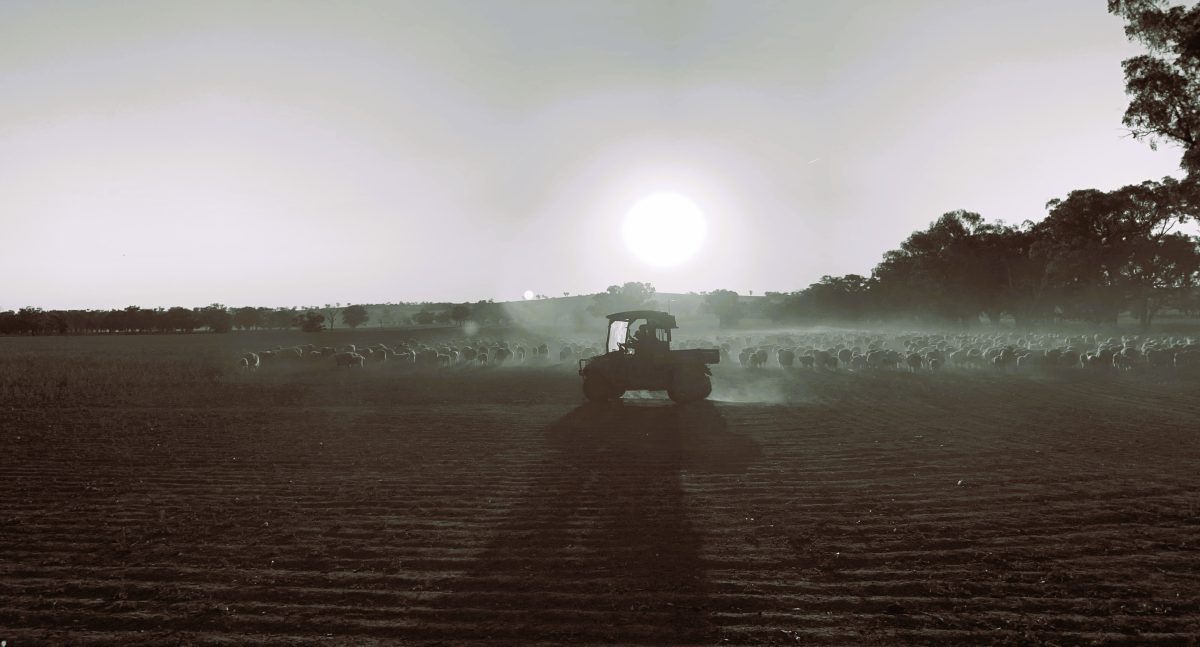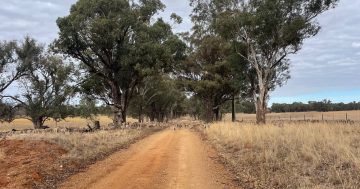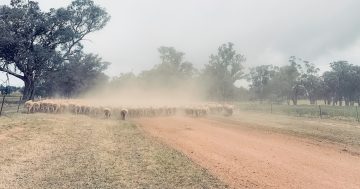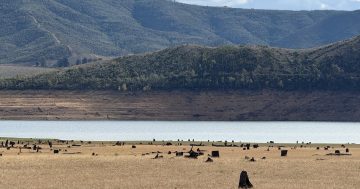
The Cootamundra-Gundagai region is now the most drought-affected area in the state. Photo: Edwina Mason.
Farmers in southern NSW are being urged to access available support services as drought conditions worsen across the eastern Riverina, with the Cootamundra-Gundagai region now declared the most drought-affected area in the state.
Recent figures from the Department of Primary Industries and Regional Development (DPIRD) show that 71 per cent of the Cootamundra-Gundagai local government area is in drought, with the remaining 29 per cent classified as drought-affected.
The broader Cootamundra electorate – which includes council areas such as Bland, Narrandera, Coolamon, Temora, Junee, Weddin, Cowra and parts of Hilltops – is also experiencing severe conditions.
Although small amounts of rain were recorded in April, including around 40 mm in Gundagai and parts of the South West Slopes, these figures fell short of the long-term monthly averages.
The Riverina region, in particular, received less than 30 mm, significantly below the expected 50 to 70 mm for April.
Farmers describe the rainfall as “too little, too late”, with limited impact on subsoil moisture or pasture growth, leaving many to reconsider planting decisions for wheat, canola and barley.
The Australian Bureau of Meteorology’s May–July 2025 seasonal forecast paints a bleak outlook, predicting below-average rainfall and warmer-than-average temperatures across much of NSW, which will likely exacerbate water loss and further stress crops and livestock.
By the end of May, the DPIRD forecasts that drought conditions will extend into parts of southern and western NSW including the Hunter and Central Tablelands regions.
In addition to emergency relief efforts, local councils are working on long-term drought resilience.
Two major initiatives — the Southern Riverina Regional Drought Resilience Plan and the Western Riverina Regional Drought Resilience Plan — are currently being enforced.
The Southern Riverina Regional Drought Resilience Plan, adopted by Edward River Council in October 2024, aims to strengthen drought resilience through sustainable farming practices and community engagement.
Developed with funding from the Australian and NSW governments, the plan has already begun its implementation following ministerial approval.
The Western Riverina Regional Drought Resilience Plan, endorsed in November 2024, focuses on water security, economic diversification, and community wellbeing.
Funded by the Future Drought Fund, it has already received a $350,000 grant for implementation, with spending set to continue through November 2025.
Both plans are integral to building long-term climate resilience in rural communities across the state, helping producers better withstand future droughts and adapt to changing environmental conditions.
As farmers wait for a potential late weather break, Cootamundra MP Steph Cooke has reminded local landholders that support is available.
“Our farmers are smart and resilient — we saw that in 2019,” Ms Cooke said, “but there’s no denying that in recent years, producers have faced worsening economic pressures, workforce shortages, and regulatory challenges.
“That’s why I’m encouraging anyone who may need support to explore the available services and programs,” she said.
Farmers can visit the NSW Drought Hub for information on managing drought, financial assistance, transport subsidies, and concessional loans.
The NSW DPI Farm Tracker app is also available to help landholders monitor climate data, rainfall history, and seasonal trends on their properties.
Mental health services, including the Rural Adversity Mental Health Program and Rural Aid, continue to provide counselling and emotional support for those dealing with the mental strain of prolonged drought conditions.
“I also encourage farmers to reach out to my office — whether by phone, email, or letter — to let me know how I can best support you during this difficult time,” Ms Cooke added.













